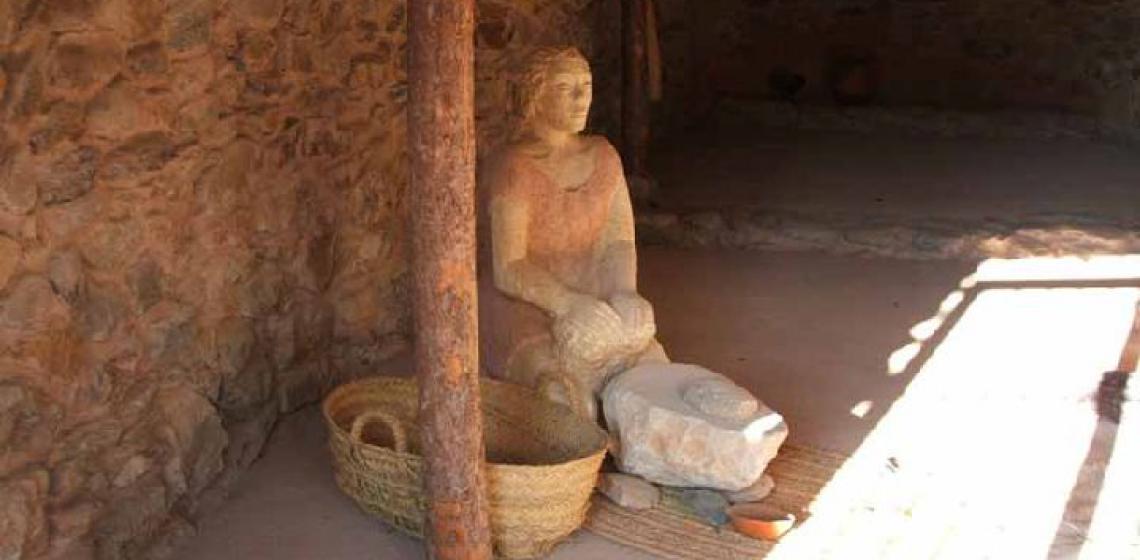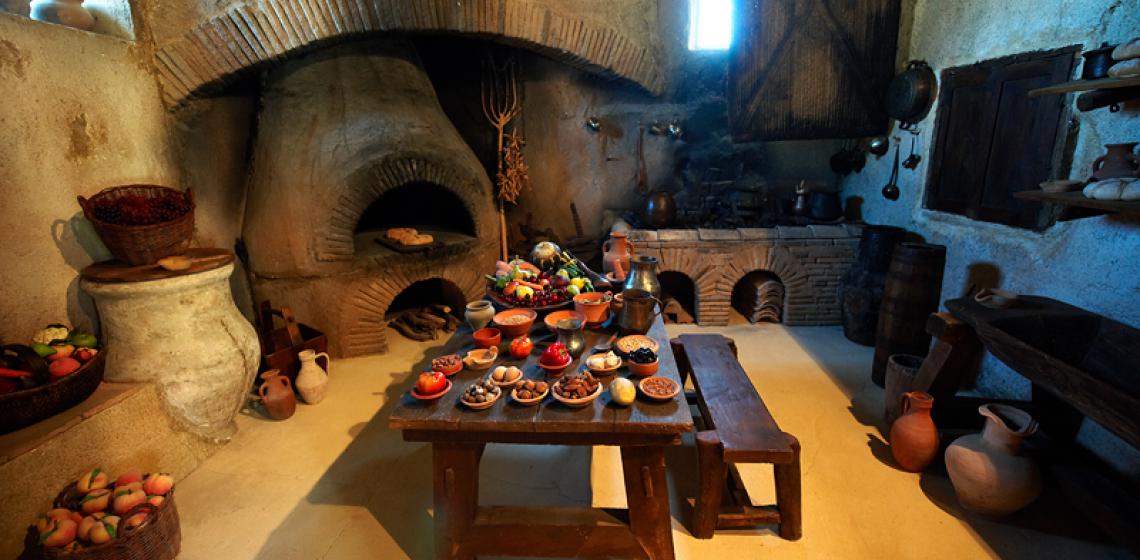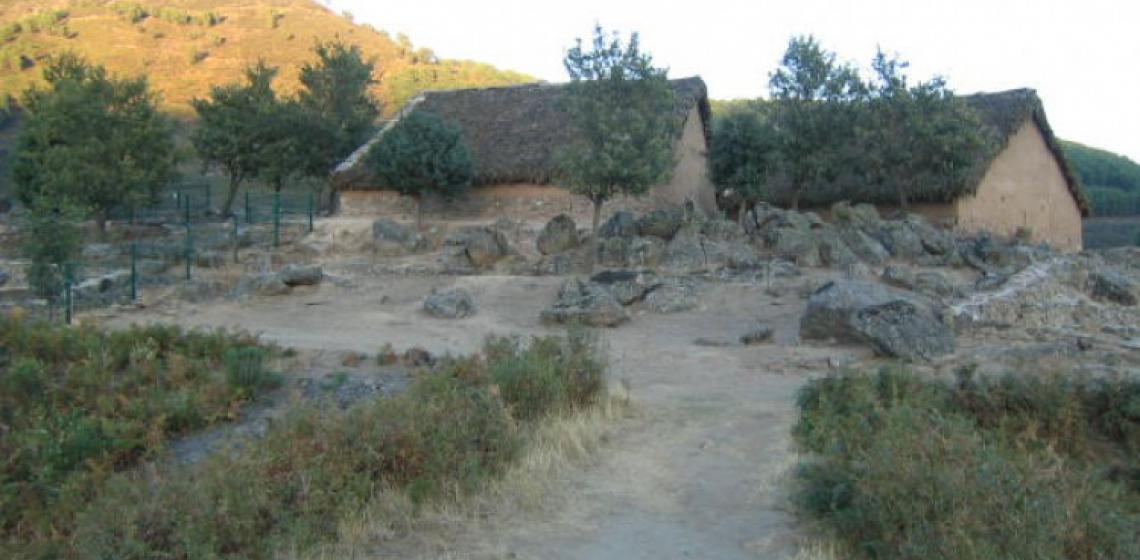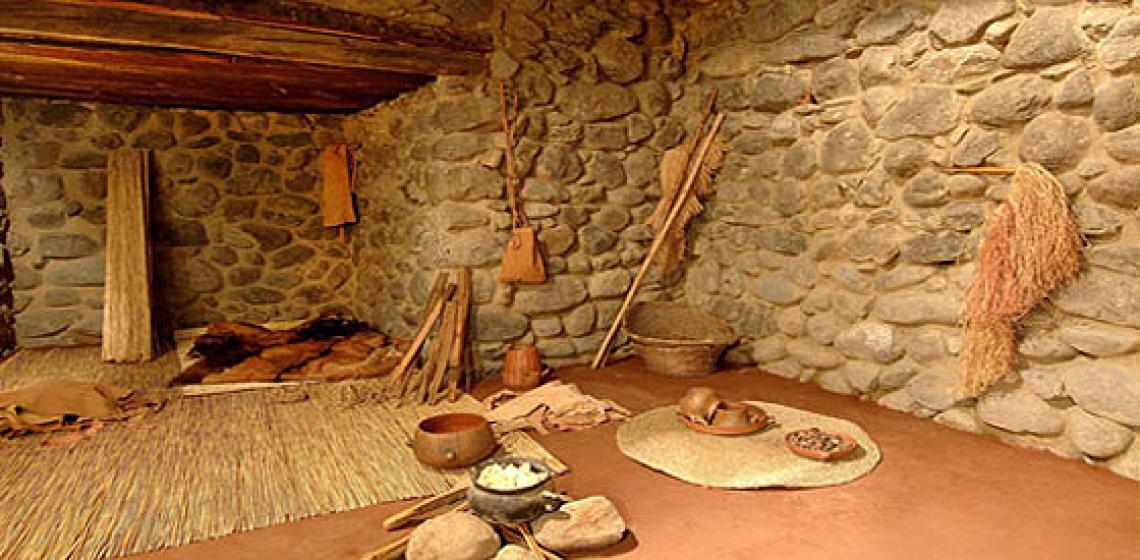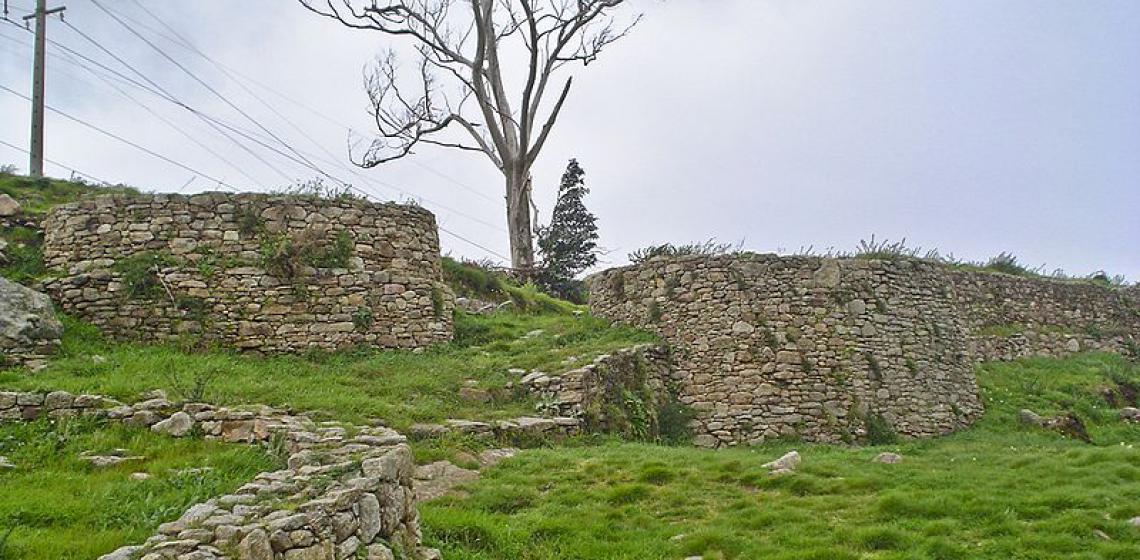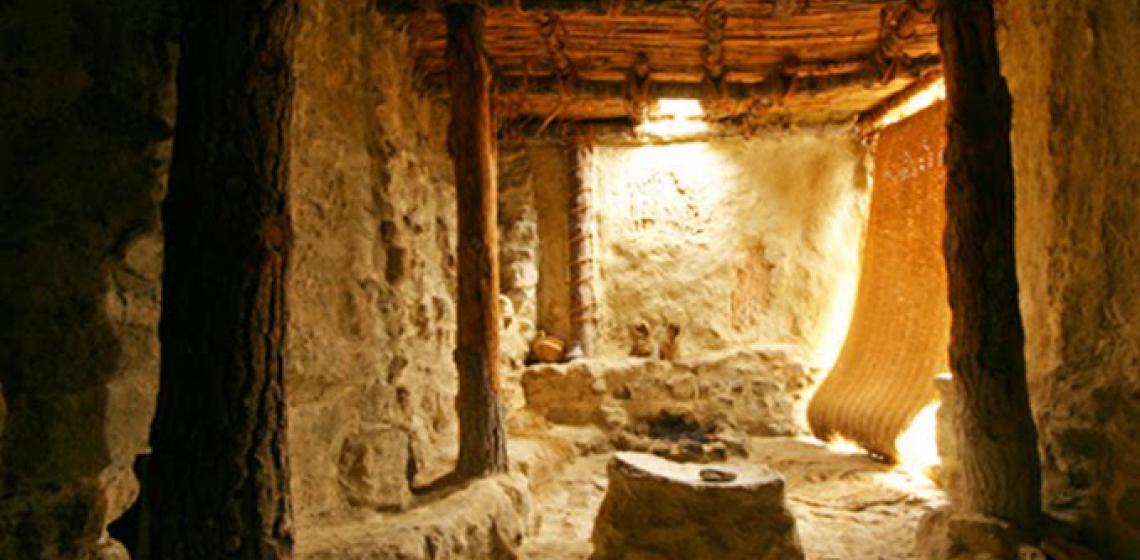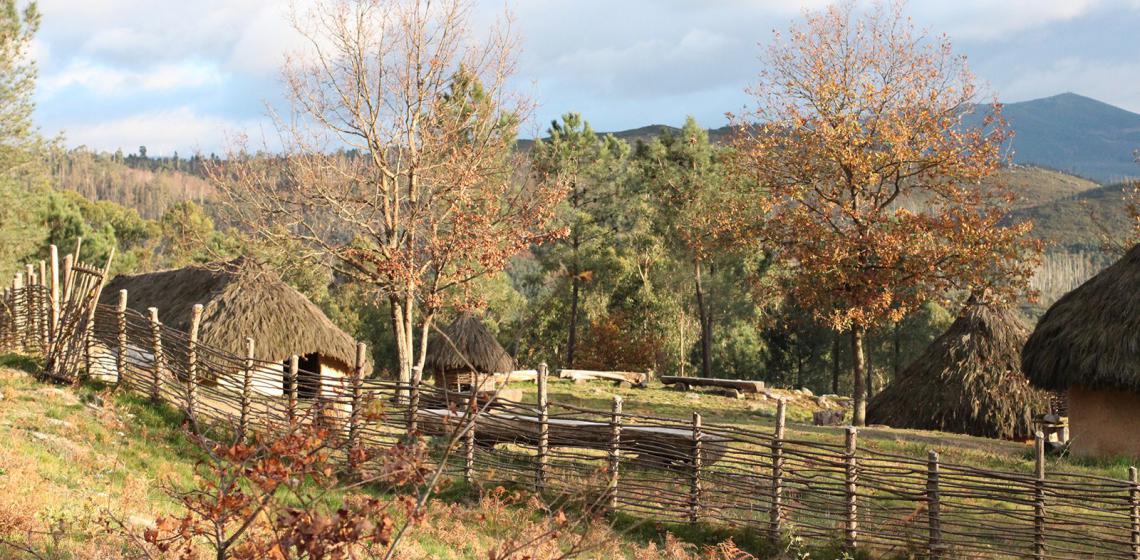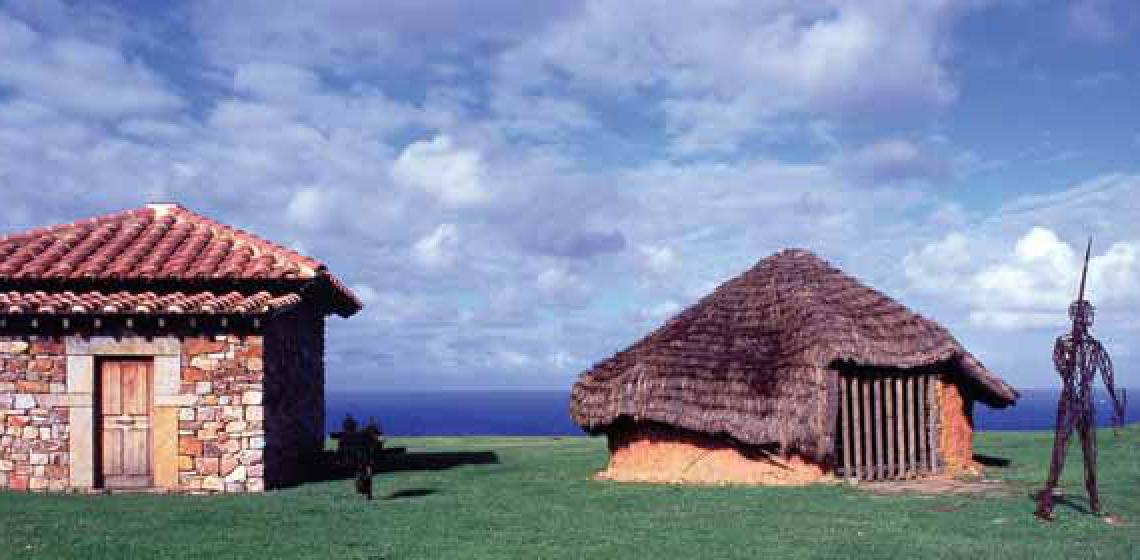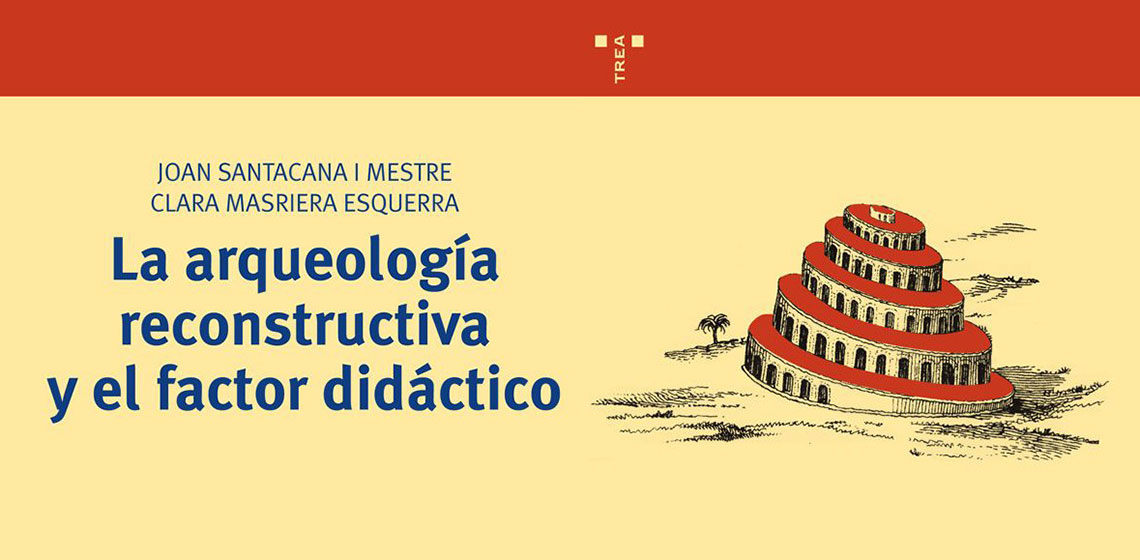Parque Arqueológico Los Cipreses (ES)
Enclosed in the industrial southern part of the town of Lorca (Murcia), the Archaeological Park of Los Cipreses occupies the site of an important settlement which dates back to the 3rd millennium BC, and belongs to the so called El Algar Culture. It had eight huts of oval shape, half dug in the soil and with stone walls. The settlement was discovered in 1992 during building works for the local sports centre and was therefore excavated.
Enclosed in the industrial southern part of the town of Lorca (Murcia), the Archaeological Park of Los Cipreses occupies the site of an important settlement which dates back to the 3rd millennium BC, and belongs to the...

